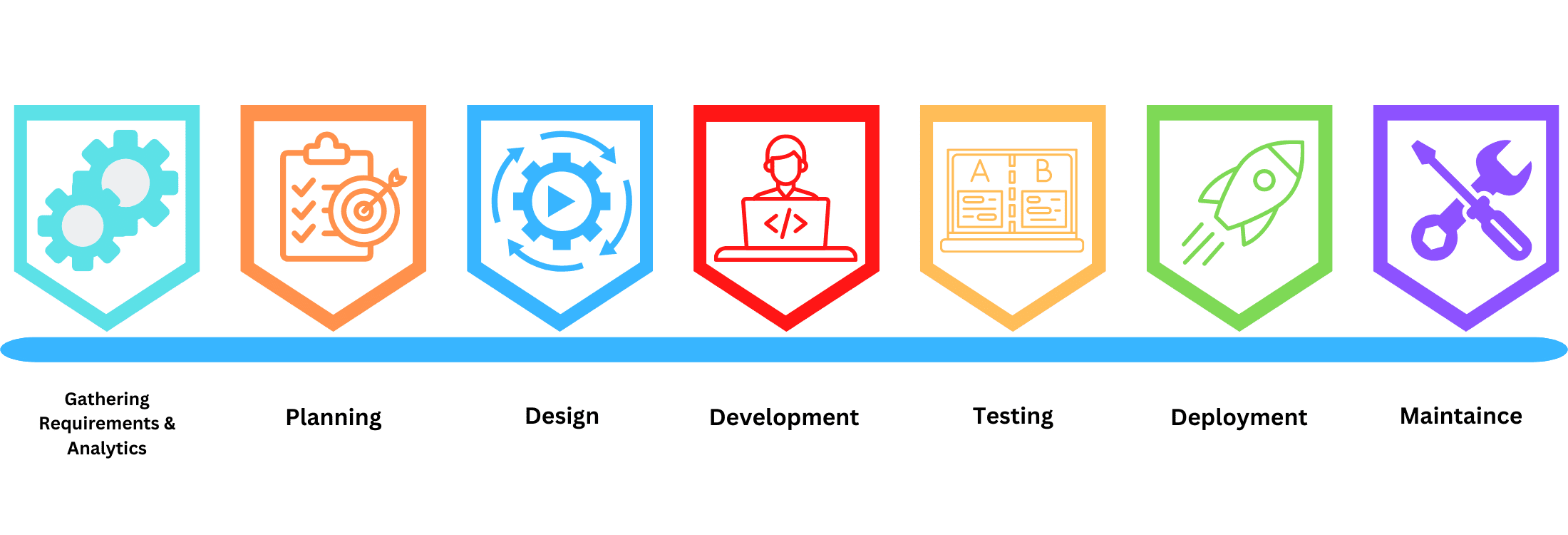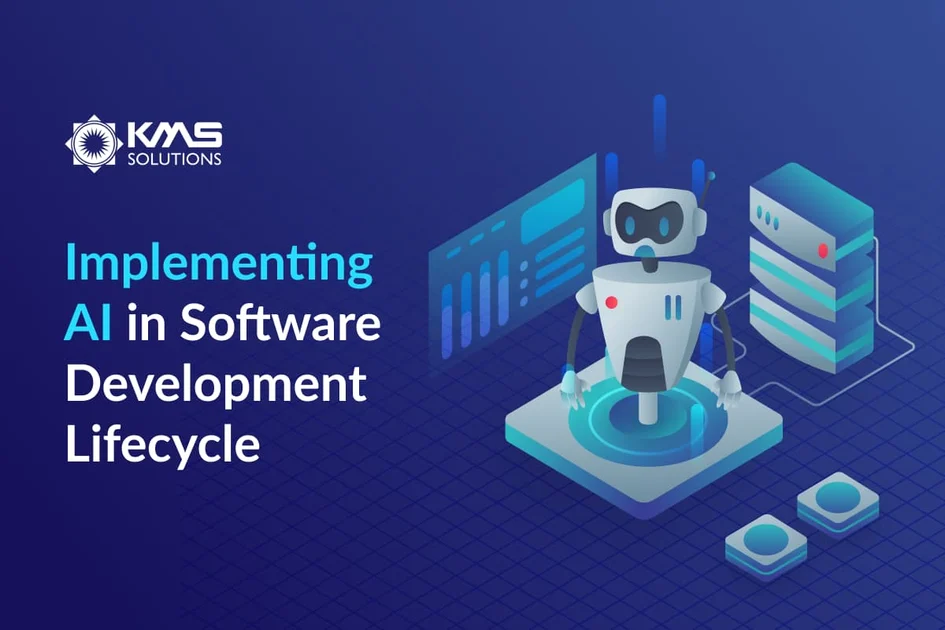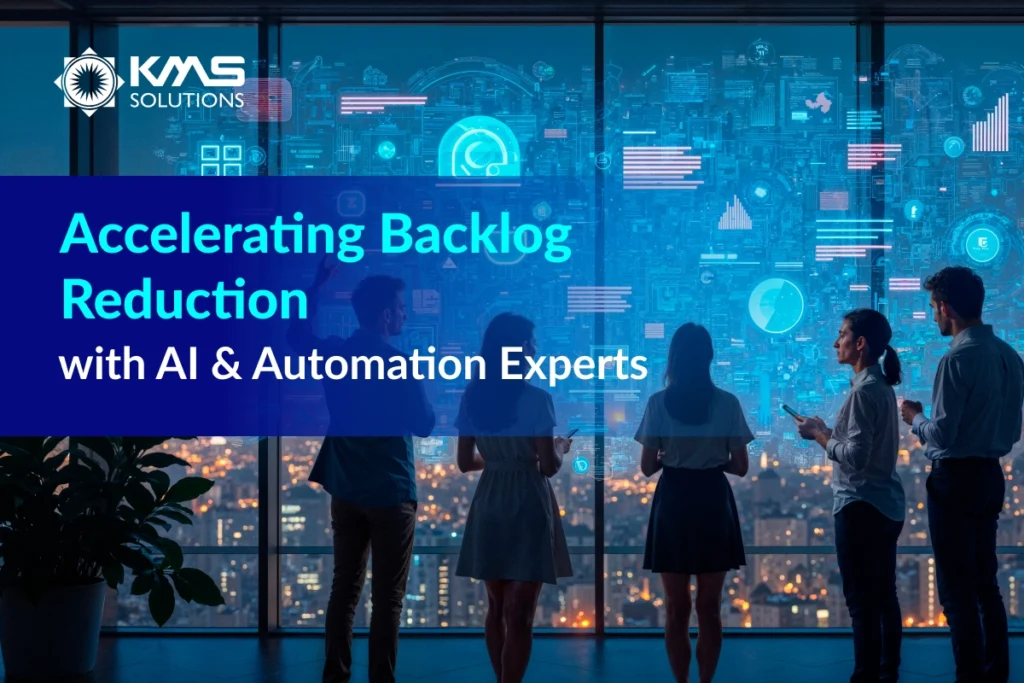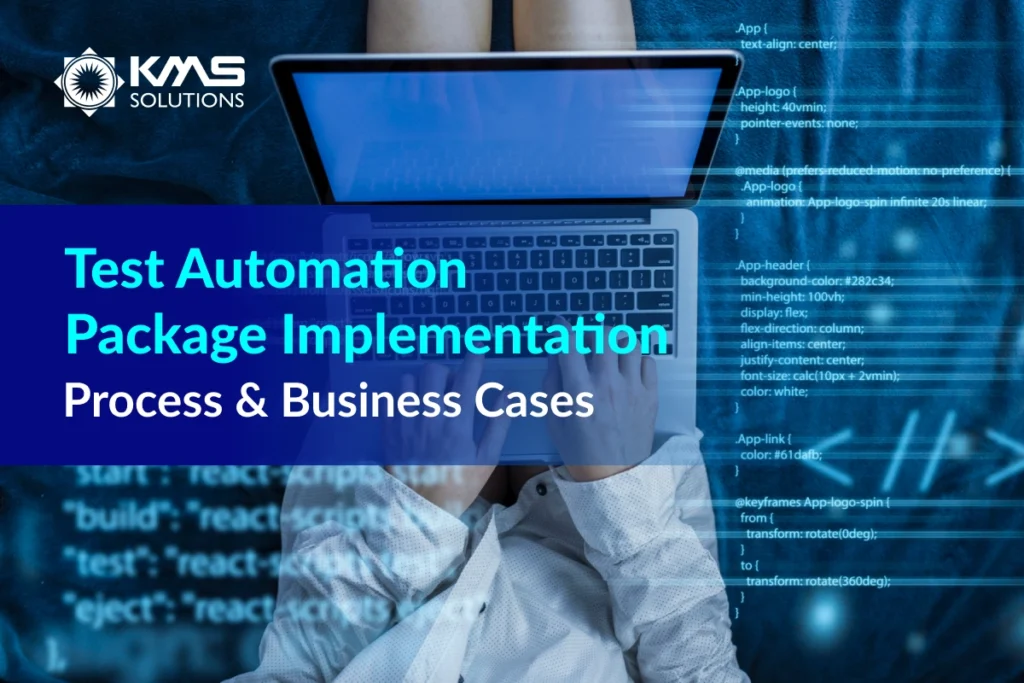Artificial Intelligence (AI) continues to be a prominent and enduring trend in the technology industry. Its impact has been widespread, bringing substantial advancements across different business sectors, especially modern industries like software development.
In recent times, AI has profoundly influenced the field of software development. Leading companies like Amazon, Apple, and Microsoft have integrated AI into the Software Development Life Cycle (SDLC) to enhance efficiency and agility. The SDLC comprises phases such as requirements analysis, design, development, testing, and implementation, aiming to establish a structured framework that aids developers in producing high-quality software in a predictable manner. In this article, we will explore the impact of AI on the software development process and how to implement this emerging technology effectively.
How AI Improve the Effectiveness of Software Development?
AI is anticipated to be invaluable to all aspects of modern software companies, and you can improve the software development process by incorporating it into different sections. This technology empowers software engineers to work more efficiently, resulting in more successful and impactful software development projects. Let’s explore the benefits of AI in the software development process:
1. Accelerating the Speed and Scalability of Software Development
The impact of AI integration on every aspect of DevOps can be measured by critical indicators of software delivery performance, such as deployment frequency, lead time for changes, and time to restore service.
With the assistance of AI, tests can be automated, eliminating the need for manual execution by quality assurance analysts. This not only saves significant time but also ensures a more comprehensive coverage of test scenarios. By enabling fast and accurate testing, AI greatly minimises the failure rate and shortens the overall development cycle.
Embracing a machine learning-backed hyper-automation platform can further enhance the deployment verification process, leading to the scalability of software development.
2. Strategic Decision-making
AI can significantly impact strategic decision-making because it bases on historical data and analytics to automate processes and reduces the reliance on human involvement. AI-driven decision-making also offers the advantage of eliminating human biases and errors. By leveraging data and applying machine learning algorithms, computers can gather, analyse, and utilise data to make intelligent and informed decisions.
As computational power and data storage capacities exponentially increase each year, computers will play a vital role in augmenting human intelligence and enabling smarter decision-making.
3. Transforming the Developer Role
The role of software developers has evolved because of the presence of AI. By automating tasks and assigning them to AI-powered systems, developers can concentrate their abilities on a diverse set of intricate tasks and develop collaborative abilities that complement AI. This evolution will improve the software development process rather than render it obsolete.
The presence of AI in the development process opens up the need for a new breed of software developers – those who can effectively work alongside AI and even code it. Although there is speculation that AI may eventually write code, it will not replace programmers entirely. The complexity of software development demands human expertise to provide direction and context.
Learn more: How Does Generative AI Impact Software Engineering?
4. More Accurate Estimation
By utilising AI trained on data from previous projects, you can provide precise estimates, enabling predictions regarding the time, effort, and budget needed for a project. While a knowledgeable prediction requires expertise and contextual understanding, AI can be trained to incorporate these aspects as well.
This information plays a crucial role in an organization’s decision-making process regarding project acceptance. Accurately informing clients about software delivery enhances customer retention and positively affects the overall business outlook.
The Impact of AI on Each Stage of the SDLC Process

The SDLC process comprises a series of well-defined phases, each with specific goals and deliverables, to ensure the successful development and delivery of high-quality software. Here are the practical influences of AI on each phase of the SDLC:
1. Requirements Gathering & Analysis
Requirements analysis is the primary process of every software development and directly affects other steps. In this phase, developers gather and analyse various requirements of the software project. They work closely with stakeholders to understand their needs and expectations.
This stage necessitates the collection and gathering of extensive data and if done manually, perhaps certain data may be overlooked or remain unused during the problem analysis phase.
The Implementation of AI in the Requirements Analysis Phase
AI-powered tools can automatically gather and analyse vast amounts of data from various sources, such as customer feedback, user behaviour, and market trends. This facilitates developers to access comprehensive and real-time insights into user requirements.
Besides, AI can be utilised to minimise human involvement within the layout section and expedite the necessities-collecting procedure. Natural Language Processing (NLP) has emerged as a powerful technology that can interpret and understand inputs from stakeholders more accurately, simplifying the process of capturing and documenting requirements in a more precise and structured manner.
2. Planning Documentation
This is a critical phase that involves comprehensive project planning and preparation before starting the development process. In this stage, project managers and stakeholders collaborate to define the project scope, set objectives, allocate resources, establish timelines, and create a roadmap for the entire development process.
The Implementation of AI in the Planning Phase
Machine learning enables the automation of document classification, with benchmarks such as cost, resources, etc., to accomplish the task. Once the machine is fed with data from the initial stage, the desired target is inputted. The system subsequently processes the data and predicts values for each benchmark.
Regarding resource allocation, AI can analyse historical project data, team performance, and resource availability to optimize resource allocation. This ensures that the right skills and resources are assigned to specific tasks, leading to improved project efficiency.
Moreover, AI algorithms can estimate the time required for each development phase, ensuring realistic and achievable project timelines. This helps in delivering projects on time and within budget.
3. Software Design
Once the plan receives approval from the relevant team, a software prototype or concept is generated in line with software architecture and development patterns.
The prototype serves as the initial step in software development. Coding commences at this point, albeit with the least functionalities. The primary objective of this stage is to create a detailed blueprint of the software that outlines how it will be built and how all the components will work together.
The Implementation of AI in the Prototype Phase
By analysing predetermined benchmarks, machines can evaluate the output of the prototype. This process essentially involves predictive analytics, where historical data (the goals) are compared with the outcomes of the software prototype to make predictions.
Additionally, AI can perform design validations and simulations to identify potential flaws or performance issues early in the design process. This ensures that the final design is reliable and well-tested.
4. Software Development
During this stage, the coding structure, encompassing all the required functionalities, is developed. After the concept model is approved, an Agile software development process is adopted. Efficiently managing the timeline becomes a crucial aspect of maximising output.
To ensure a stable system with minimal errors, the right programming languages are utilised. However, errors are inevitable, and the concentration is on minimising them through best practices.
The Implementation of AI in the Development Phase
AI-driven coding significantly speeds up time-consuming and resource-intensive tasks, enabling developers to swiftly write and understand code, generate documentation and code snippets, and describe requirements using natural language.
A prominent example of an AI-powered tool is ChatGPT. This tool can enhance developer productivity by helping them generate codes in different languages and frameworks and employ multiple built-in packages across those languages, translate and explain codes, and suggest the best coding practices.
5. Testing
Following the development stage is the software testing, where the entire coding structure is thoroughly examined and optimised. During this phase, software quality assurance, coding flow, scalability for future customisations, and detection of defects are scrutinised and compared against the requirement chart or documentation.
The Implementation of AI in the Testing Phase
AI-driven testing, also known as Autonomous Testing, offers developers numerous benefits, including faster and continuous testing, complete automation without human intervention, more robust testing capabilities, reduced maintenance time and costs, and increased ROI.
By implementing AI-tool such as ChatGPT into the testing phase, QA can enhance ROI in automation software testing by improving test coverage while minimising the time and effort needed for test case creation and cutting down costs.
1Different ways that you can implement AI in the testing stage of SDLC are:
- Prepare a Test Plan for Mobile Automation Testing
- Generate UI Automation Script in Different Languages
- Design Sample Test Cases
- Format Data
Understand how to take advantage of ChatGPT in automation testing here!
6. Deployment
In this phase, the software product is deployed and released to its intended environment for end-users or customers to access and use. The primary objective of the deployment phase is to ensure a smooth and successful transition from development to the production environment. Moreover, any remaining bugs in the software are promptly rectified in this stage. Customer feedback is gathered and taken into consideration to refine the SDLC process further.
The Implementation of AI in the Deployment Phase
It’s quite obvious that machines may also be used to process the deployment status when we connect AI via the machine learning process. AI-driven continuous deployment tools enable automatic and efficient deployment of new software updates, ensuring a smooth and continuous release process.
7. Maintenance
When the software is adaptable to new changes as per customer feedback, the maintenance is also known as the ‘support stage’ of an SDLC.
Explore more: Digital Process Automation
The Implementation of AI in the Maintenance Phase
AI can analyse performance metrics and customer feedback to identify performance bottlenecks and suggest optimisations for enhanced software efficiency. Moreover, the technology can determine the most appropriate updates and patches based on user behaviour and feedback, ensuring that updates are relevant and beneficial.
Streamline Your IT Project with AI Implementation
AI has catalysed this year’s technology boom. According to the recent survey of Gartner:
- 70% are currently in the investigative and exploratory phases of GenAI,
- 19% have already progressed to the production stage.
AI-driven technologies have accelerated software development, brought remarkable advancements, and enhanced efficiency, accuracy, and overall software quality. From gathering data in the requirements analysis phase to automating the testing process, AI has proven to be a game-changer in the software development process.
However, it’s still a new term and taking advantage of this technology requires you to have sufficient knowledge and experience. Understanding the concerns of many tech leaders in implementing AI in their software development process, we’ve organised a webinar: Expert Roundtable: AI’s Role in the Modern SDLC. This exclusive event is designed to provide invaluable insights into the strategic integration of AI in software development processes.












